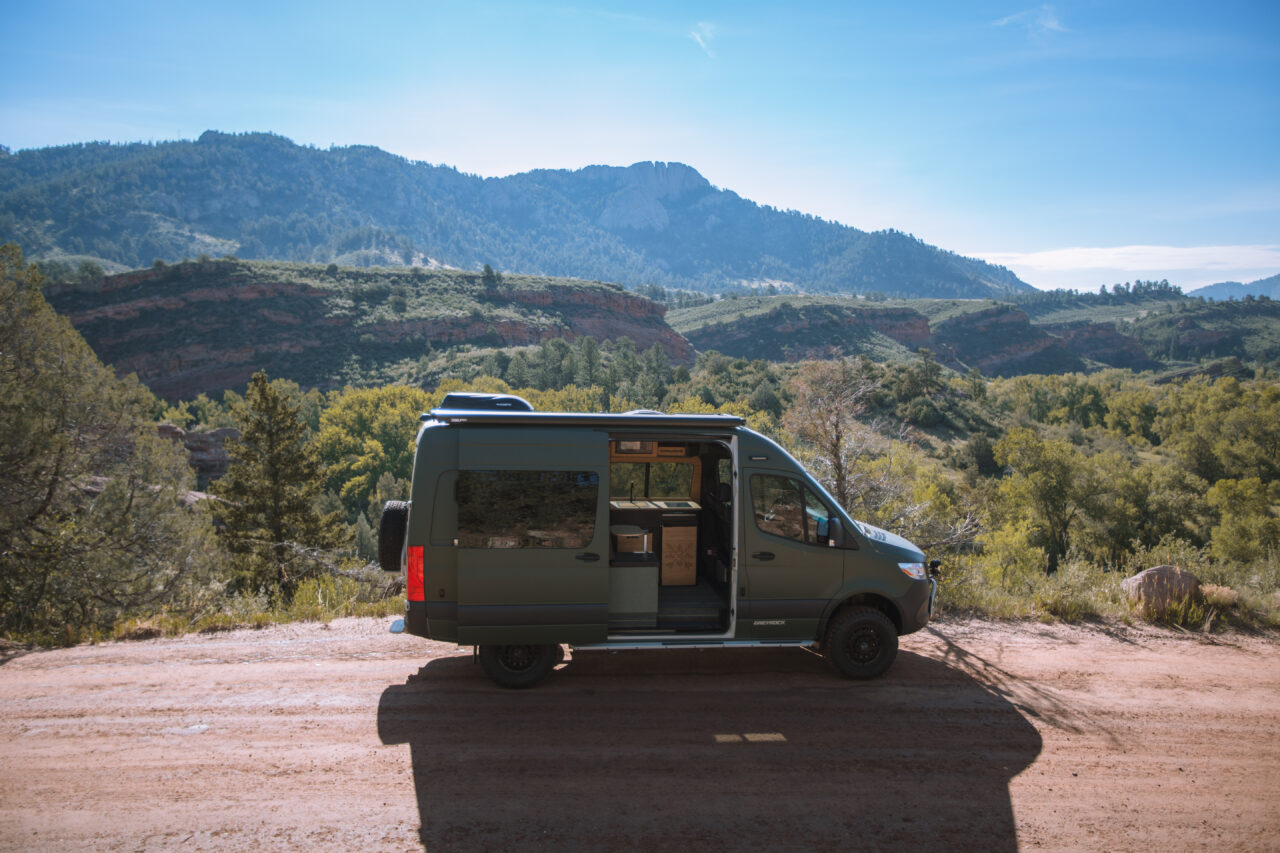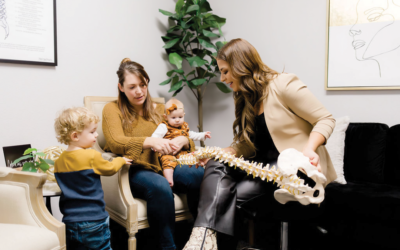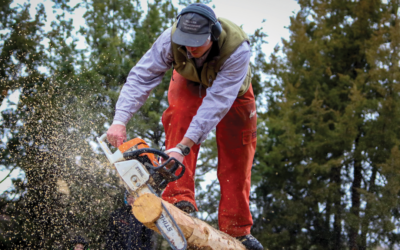By Ty Davis
Vanworks started in 1974 out of founder Keith Hess’ garage, where he transformed simple vans intended for work into vehicles designed to be traveled in. At the height of America’s first van craze, the business quickly grew and produced upwards of 150 vans a month. And now, thanks to a second resurgence in van popularity, the Fort Collins business has a new customer: adventurers living the #vanlife.
The origins of #vanlife
It started in the late 2010s when the van conversion trend picked up speed on social media, a milestone that led to the thousands of influencers we now see traveling in vans outfitted with kitchens, living quarters and, of course, internet access.
However, as with most businesses converting vans into livable spaces, Vanworks’ biggest boon came during the pandemic.
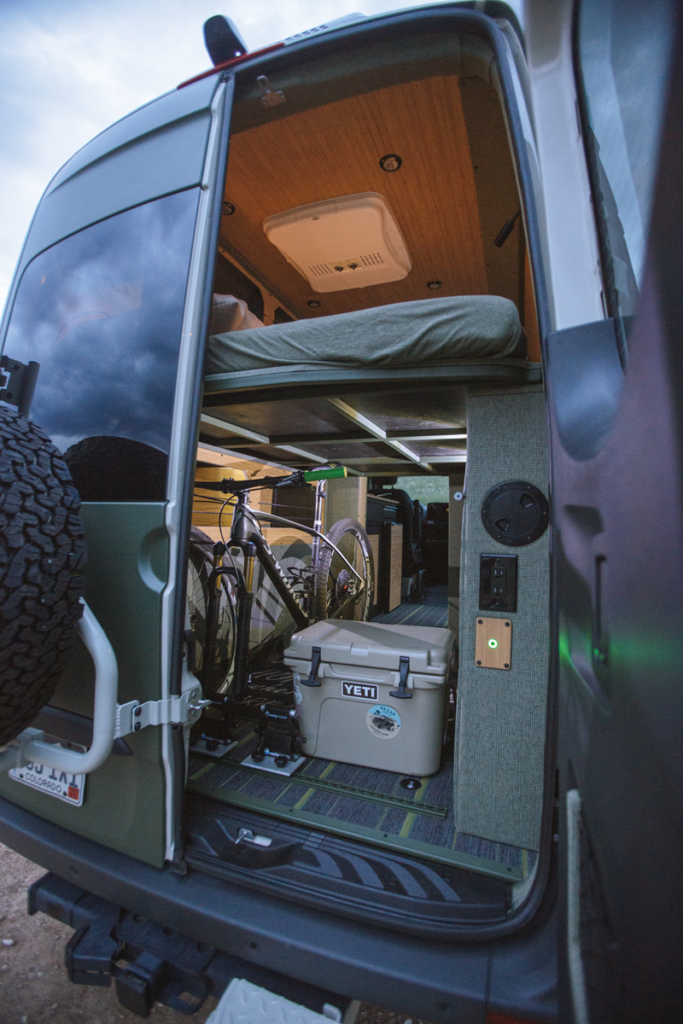
Photo by Ryan Langaker.
“Work tripled,” says Barry Biss, designer at Vanworks. “It was just amazing how much work we had because people wanted to go out and explore.”
Other conversion shops, like Denver’s Dave & Matt Vans, also received a huge influx in their business. Sales of the three most popular #vanlife vehicles, the Ram ProMaster, the Ford Transit and the Mercedes-Benz Sprinter all peaked between 2019 and 2021, according to manufacturer’s sales reports.
The reasons were twofold: people were eager for adventure during and after lockdown, and many of them jumped at the opportunity to work remotely while on the road.
“It certainly gave people the idea that they no longer needed to go into an office to work—they weren’t tied down to an office or a certain part of the country or even a city,” says Pete Luthman, a Fort Collins “vanner” of more than 50 years. “They could do their work from anywhere and just enjoy travelling around and seeing different things.”
In addition to satisfying their wanderlust, Biss also cited high mortgage and rent prices as a big reason so many people are still attracted to the #vanlife. Financial stability seems to be an underlying theme, too. In a move.org survey, 72 percent of respondents said they would trade the comfort of their home if it meant being able to pay off debt.
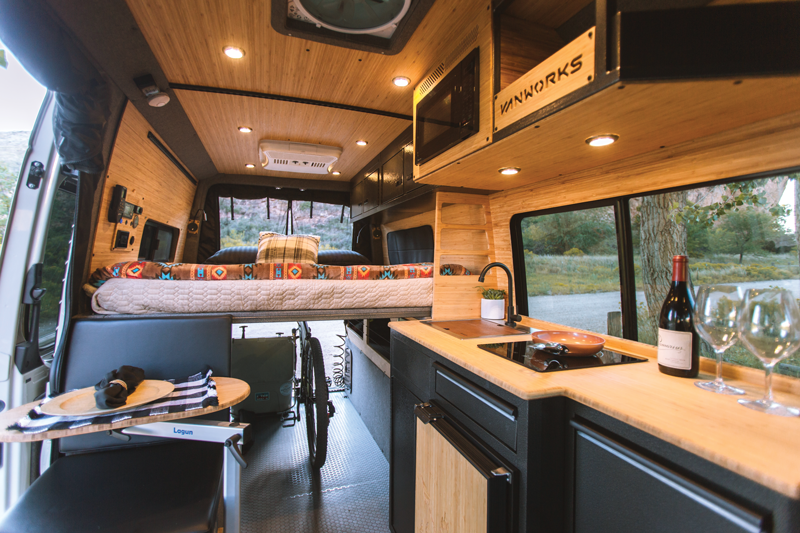
Photo by Ryan Langaker.
#vanlife has changed, but the freedom remains
The original vans were a far cry from the Instagrammable conversions we see today. Biss called them “people movers” because they did just that and nothing more, with two bucket seats and a bench that would sometimes turn into a bed.
Luthman remembers the early days of #vanlife and says it’s much more of a lifestyle now. He helps organize van meets in Colorado and marvels at what the trend has turned into.
“Vanlife has almost a different definition today than when I was doing it,” he says. “We didn’t even think about living in our vans. They were just custom vehicles to show off and have fun with.”
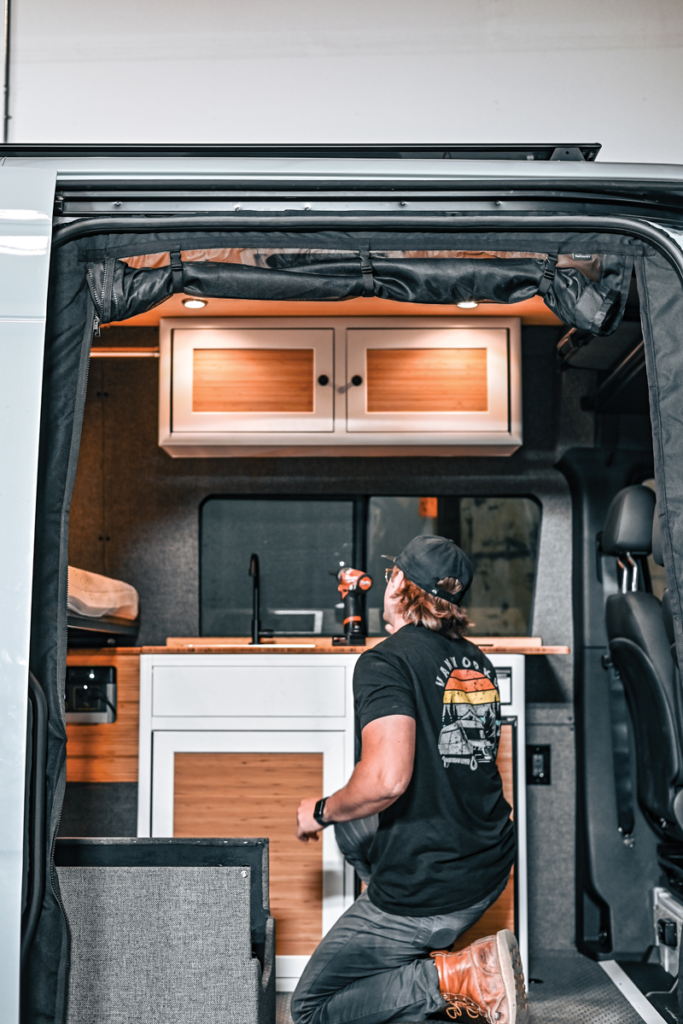
Photo by Jordan Secher.
___________________________
Building a van with Vanworks
Vanworks customers have the option of picking a prefabricated van that is already designed at three different tiers. All vans include basic kitchen essentials, like a sink, refrigerator and induction cooktop, along with a bed system. Their top-of-the-line vans include waste plumbing, an HVAC system and a shower station. Most vans include solar and Wi-Fi as well.
If you prefer to have a custom van designed and built, Biss will walk you through these key questions:
How long do you intend to stay in the van at a time?
Will you be working from the van?
How many people will be staying in the van?
Do you want it built with certain materials?
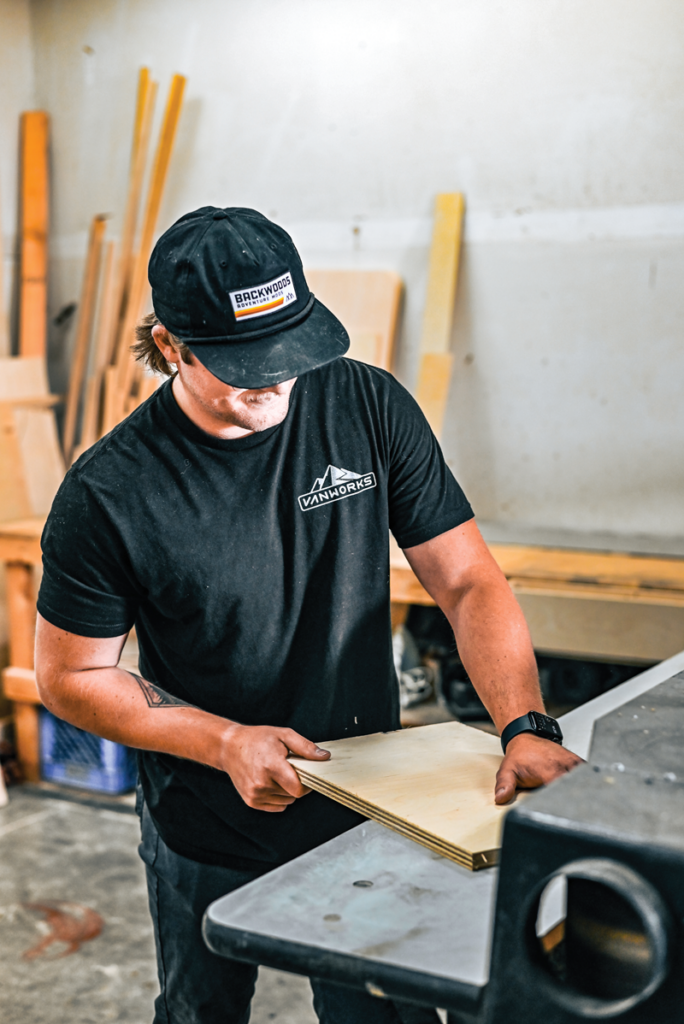
Photo by Jordan Secher.
From there, Biss will design a floor plan and get feedback until the project meets your needs. Then the real work begins.
The company is booked out several months in advance. Acquiring a van for prefabrication takes about a month, and getting one that’s designated for a custom build can take about six months.

